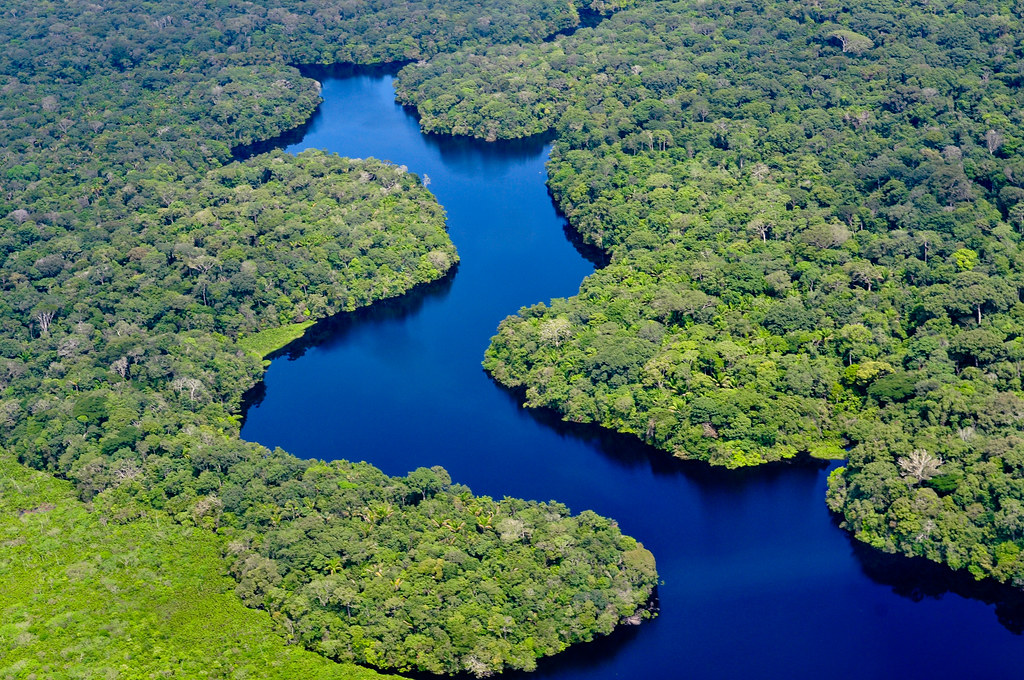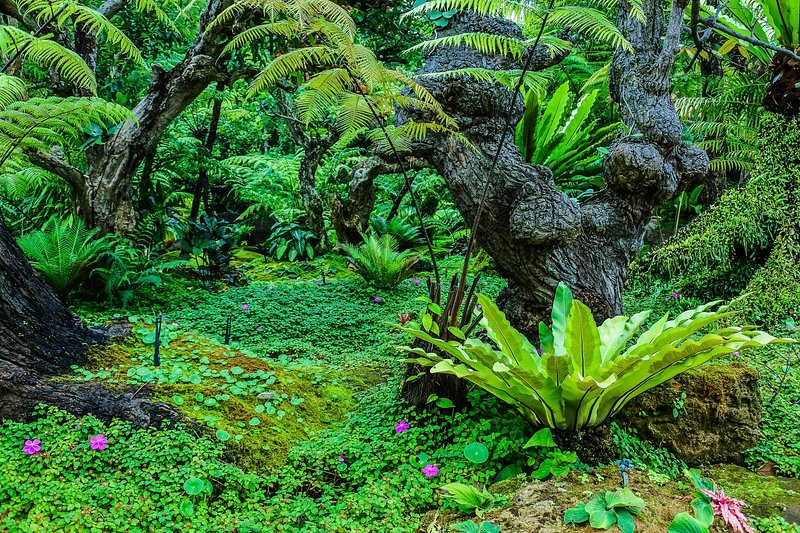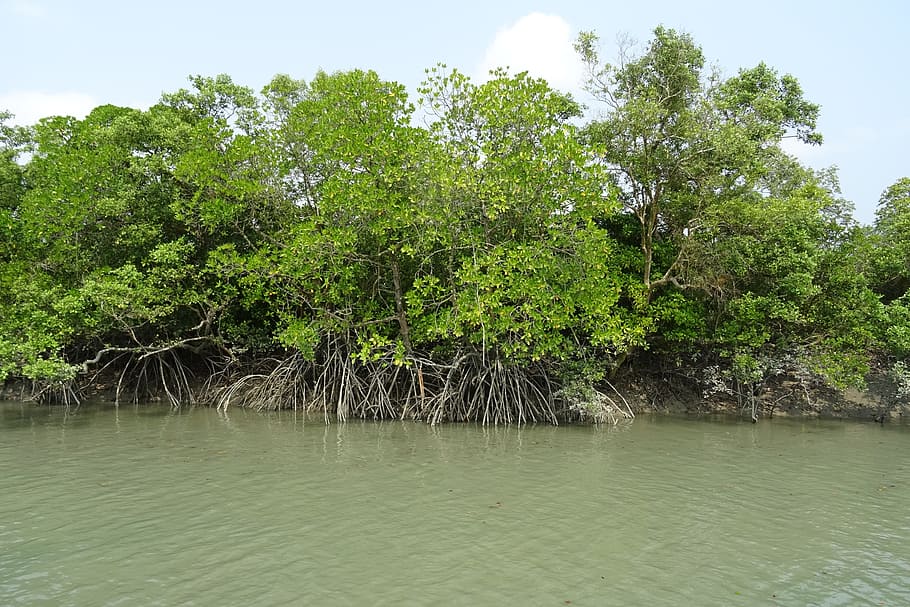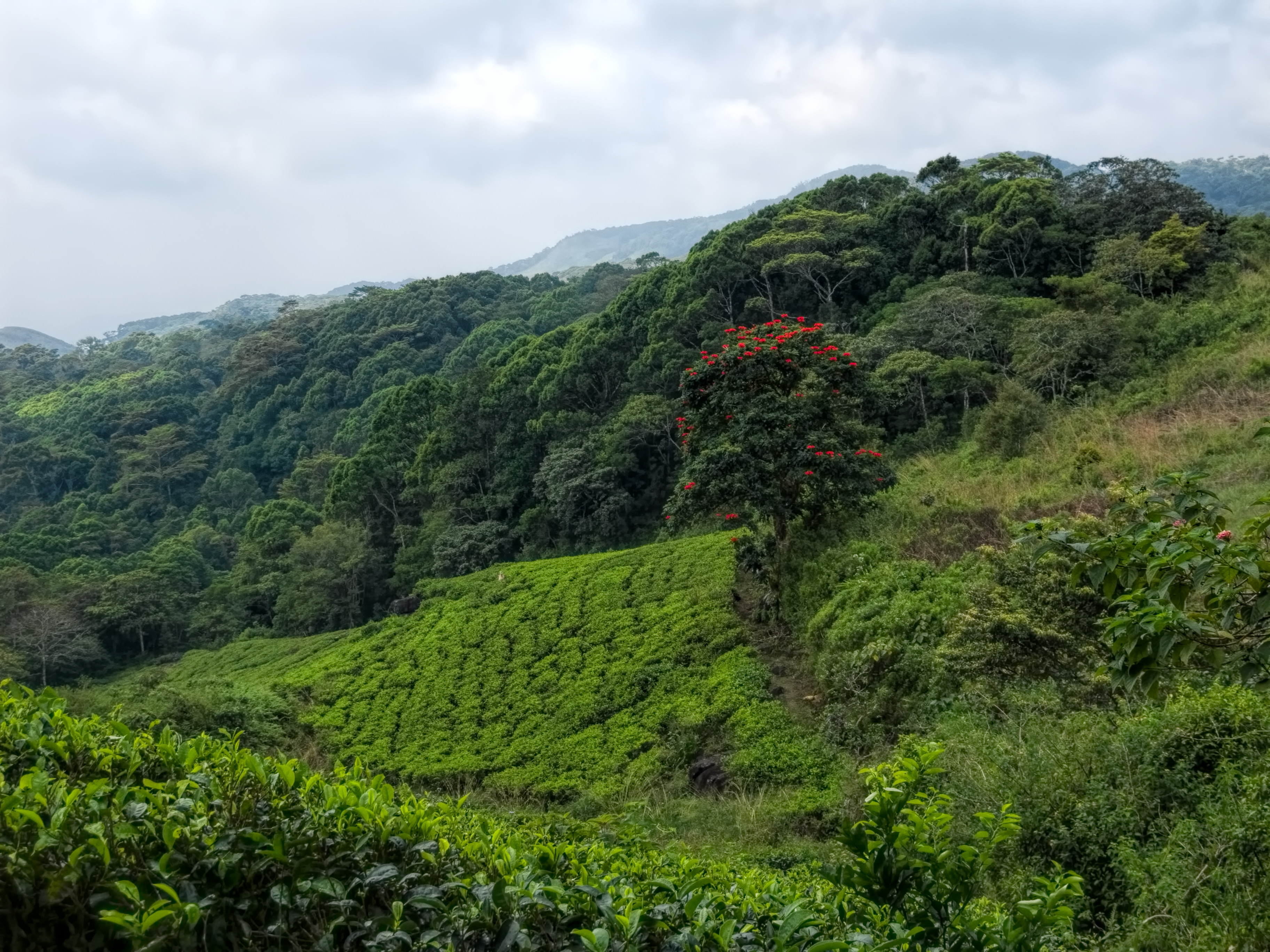Forests are among the most vital ecosystems on Earth, providing a home to millions of species and playing a crucial role in maintaining the planet’s climate. While many forests span vast territories, only a few earn the title of being truly dense where the canopy is nearly impenetrable and biodiversity reaches staggering levels.
The Amazon Rainforest, South America

The Amazon Rainforest is widely considered the largest and most biologically diverse rainforest in the world. Spanning nine countries and covering over 5.5 million square kilometers, the Amazon holds approximately one-tenth of all known species on Earth.
Its dense canopy is so thick that sunlight often fails to reach the forest floor, creating a dim, humid environment teeming with life. With more than 390 billion individual trees, the Amazon is dominated by species such as the Brazil nut tree and rubber tree.
Rivers like the Amazon River snake through this vast forest, shaping ecosystems and sustaining both wildlife and indigenous communities. Despite deforestation threats, large stretches of the Amazon remain some of the most impenetrable and mysterious tracts of jungle on the planet.
Congo Rainforest, Central Africa

Second only to the Amazon in size, the Congo Rainforest is the largest tropical rainforest in Africa and one of the most densely wooded regions on Earth. Covering six countries, the Congo Basin hosts over 10,000 plant species, with more than 1,000 found nowhere else.
Towering hardwood trees, thick underbrush, and a constantly humid climate make this forest nearly impenetrable in parts. The Congo is home to rare and endangered wildlife such as forest elephants, okapis, bonobos, and mountain gorillas.
It also holds one of the world’s largest peatland areas, which plays a significant role in carbon storage. Despite being under pressure from logging and mining, vast portions of the forest remain wild and untamed.
Daintree Rainforest, Australia

Located in Queensland, the Daintree Rainforest is considered one of the oldest and most pristine tropical rainforests in the world, dating back over 180 million years. Though smaller in area compared to the Amazon and Congo, it is incredibly dense and rich in endemic species.
The forest’s thick green layers are packed with rare flora and fauna, including the elusive cassowary, tree kangaroos, and ancient ferns.
Its proximity to the Great Barrier Reef creates a unique convergence of two UNESCO World Heritage Sites, making the Daintree one of the most biodiverse and ecologically significant places on the planet. Its dense vegetation and layered canopies make it feel like stepping back into a prehistoric world.
Valdivian Temperate Rainforest, South America

Tucked along the southern coast of Chile and Argentina, the Valdivian Temperate Rainforest is one of the few temperate rainforests in the Southern Hemisphere and certainly one of the densest. Characterized by thick, moss-covered trees, giant ferns, and a constantly misty atmosphere, this forest receives enormous amounts of rainfall throughout the year.
Ancient tree species such as the Alerce, which can live for over 3,000 years, dominate its landscape. Its isolation has led to high levels of endemism, with many species found nowhere else. The density and near-constant humidity of the Valdivian forest give it a lush, dreamlike appearance and make it difficult to navigate on foot.
Sundarbans Mangrove Forest, India and Bangladesh

While most dene forests are associated with towering canopies, the Sundarbans is a unique ecosystem that earns its place due to its compact mangrove vegetation and challenging terrain. It is the largest tidal halophytic mangrove forest in the world, stretching across the delta of the Ganges, Brahmaputra, and Meghna rivers.
The forest’s dense network of salt-tolerant trees and interwoven waterways create a formidable landscape. It is home to the famous Royal Bengal Tiger, as well as crocodiles, fishing cats, and a variety of bird species. What the Sundarbans lacks in vertical height it makes up for in density and complexity, as navigating through the labyrinth of mangroves is nearly impossible without a boat.
Sinharaja Forest Reserve, Sri Lanka

The Sinharaja Forest Reserve is a UNESCO World Heritage Site and the last viable remnant of Sri Lanka’s once-expansive tropical rainforest. It is known for its incredible biodiversity and its dense, layered canopy that allows only minimal light to filter through.
With over 60% of its tree species considered endemic, Sinharaja is a haven for rare plants and animals, including purple-faced langurs, green pit vipers, and a variety of birds that are unique to the island. Its thick vegetation and hilly terrain make human access limited, helping to preserve its pristine condition.



















